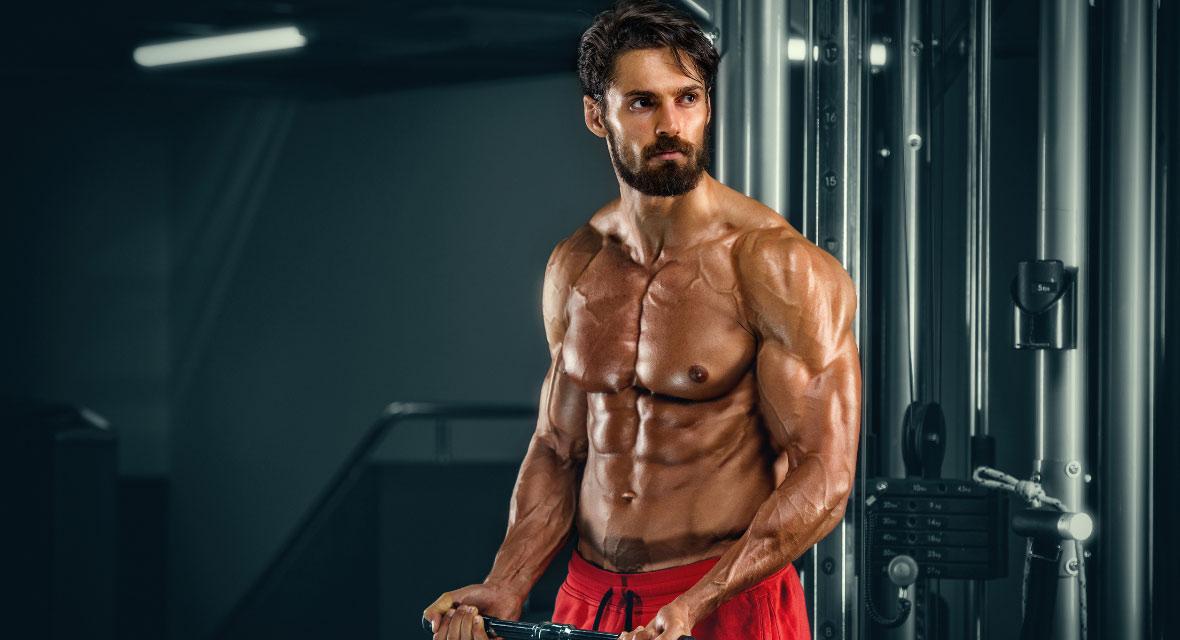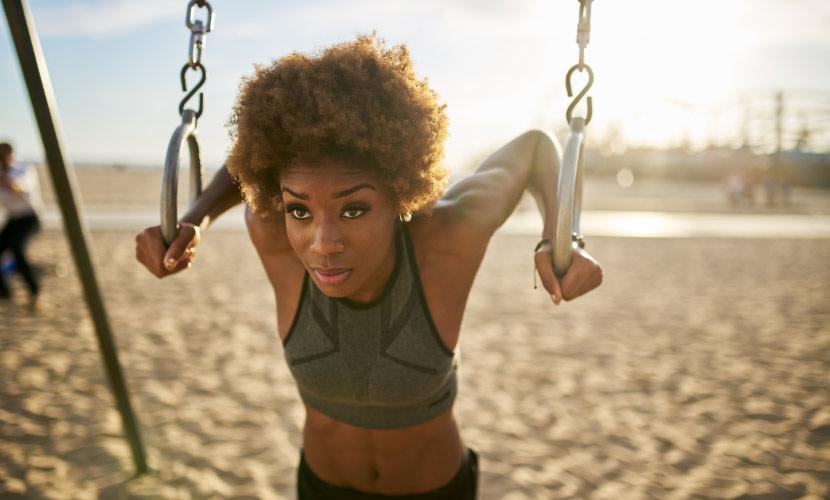🏆 As seen and loved on Shark Tank Dubai 🏆

How Long Does It Take To Lose Muscles?
How long does it take to lose muscle if you stop working out?
Reducing body fat while not losing muscles can be a challenging process. Those who are serious about keeping their bodies in shape work out regularly. However, a significant hiatus in their gym regime can sometimes come to their aid more than they think. But the million-dollar question arises if it is possible to lose muscles.
When you limit calories, you can eventually lose any form of body weight, including fluid, fatty tissue, and muscle. When it comes to fuel, your body, on the other hand, prefers to burn fat over muscle.
Your body needs lean tissue to store nutrients, offer strength to the frames, and fuel and boost your metabolism, which is why your body wants to keep as much of it as possible.
Unlike fat, which must be lost through a calorie deficit, muscle loss can be obtained by inactivity alone — through muscular atrophy. This can happen as you age and as a result of malnutrition or a low-protein diet.
Fit people tend to lose muscles more quickly than unfit people. You can start losing lean tissues after just one week of inactivity. Your muscle size can decline significantly in just about a matter of a few days without exercise, even if you aren't bedridden.
However, you must not be discouraged by the aforementioned truth. Staying away from holidays or work breaks, for this reason, might be a dumb choice. You may regain those lost muscles by going back to the gym.
Furthermore, a reduction in muscle size does not always imply muscle loss. It might be due to dehydration. When you stop exercising, water loss and glycogen depletion can cause your muscles to shrink by up to varying degrees depending upon person to person.
The post-workout “pump” you've grown to enjoy is directly related to this, and your glycogen and water stores may replenish pretty fast once you resume exercising.

Muscle loss in athletes
Athletes have more stamina and a better metabolic rate than their opposing counterparts. They will lose muscle if they do not exercise for 4-5 weeks.
They will, however, lose less muscle than non-athletes. When it comes to strength, the figures are the same. Athletes' strength will not alter even if they are not following their training routine.
Muscle loss in non-athletes
In the case of non-athletes, the change is not as apparent as it is in athletes. Sometimes, they won't notice any difference even within the first three works of no workout. There might not be any substantial reduction in muscular strength.
However, if at all possible, you should not take more than that amount of time off. Non-athletes are more prone to spiral down than athletes during times of inactivity.
Effects of age and gender on muscle loss
Age plays a significant role in your fitness and healthy eating goes a long way in protecting your health when you age. If you are between 20-30 years, then you won't lose much muscle and body strength. If you are 50+, then you can lose your muscle twice as fast as young individuals.
However, there's nothing to do with gender when it comes to muscle loss. Menopause is one of the significant reasons for muscle loss in elderly females, and this happens due to a decrease in the levels of estrogen.
How much time does it require to regain muscles?
Athletes can regain their fitness quickly after the break, whereas non-athletes have to work a lot harder if they want to do the same. The reason is simple “muscle memory.” This factor plays a crucial role in athletes' recovery from muscle loss.
Genes of non-athletes are less reactive, and they will find it difficult to remember the exercise and adapt as per the requirement. This is because genes can dictate eating habits. After the break, consistency is vital if you want to regain your fitness. Muscles are majorly made up of proteins, so it's important to add foods rich in protein to aid in muscle growth. Although the amount of protein needed varies from person to person and should be consulted with a nutritionist.
What can be done to protect your muscles from losing?
Keep Your Calorie Intake Consistent
Weight reduction happens when calorie intake is reduced. However, overeating while sedentary might contribute to excess fat growth. Getting the appropriate quantity of calories each day is one of the most important ways to sustain your gains and maintain your body composition.
Our expert team of nutritionists prepares a specially designed diet and wellness meal plan so that you can keep track of the calories you're ingesting.
Protein is the saviour
Muscles are made up of protein. If you don't receive enough protein from your diet, your muscles will be among the first areas your body raids for protein to meet your nutritional requirements. As a result, having a high-protein diet is critical.
If you are also looking for an athletic body, you must try the athletic meal plan specifically designed for providing the required amount of protein to your body. We ensure that your nutritious diet reaches you in the simplest, healthiest, and most convenient way to your doorsteps.
Muscle workout
Heavy lifting can help with muscular strength but isn't necessary for muscle building. All you have to do is utilize them regularly. Any sort of strength or resistance training (bodyweight motions, exercise bands, etc.) can assist in protecting your lean mass, even if done only a few times each week.
Try to keep a gap of at least a day or two. The nutritionally designed muscle gain meal plans by our chefs can help you to achieve the desired results.
Final Thoughts
Our team of qualified dieticians and nutritionists has been offering the best services for a long time. We think that a happy life is healthy and enjoyable.
We are a dedicated group that tries to help individuals choose a healthy lifestyle. If you are still undecided about which plan to choose, you may request a diet consultation with us.
Reach out to start your fitness journey with us!
Meal Plans
Delivery Details
Legal Information
© 2020-2026 VMeals. All rights reserved. VMeals™ is a trademark of Flip Side Restaurant and Cafe L.L.C
We accept
